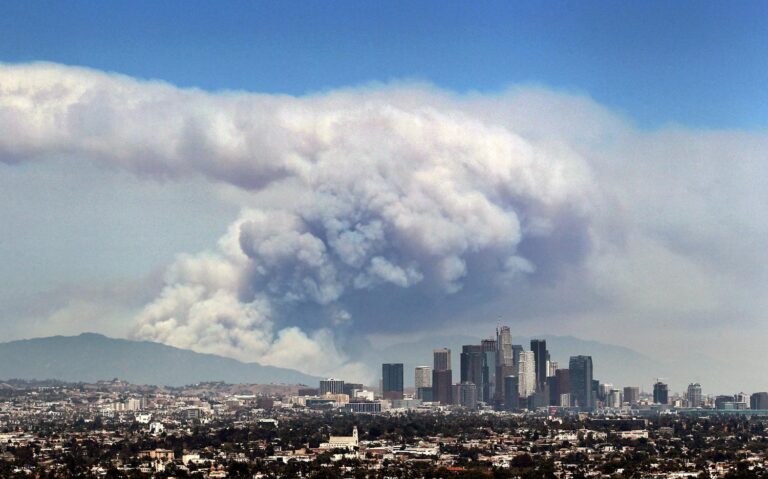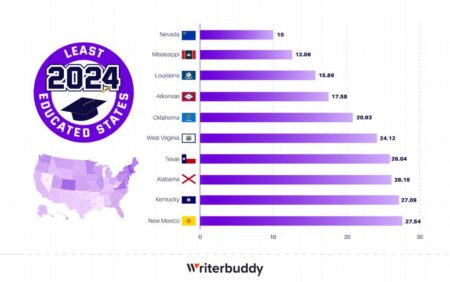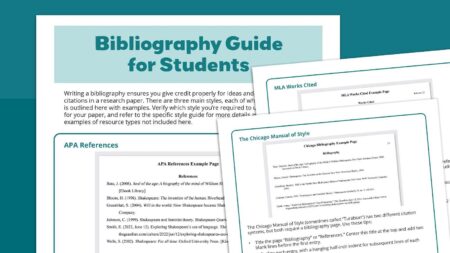Anticipated Impact of Southern California Wildfire Smoke on Las Vegas Air Quality
Projected Movement of Wildfire Smoke Toward Las Vegas
With numerous wildfires actively burning across Southern California, there is growing concern about smoke plumes drifting eastward toward Las Vegas. Air quality experts forecast that prevailing wind currents will transport smoke particles over the Mojave Desert, potentially degrading air conditions in the Las Vegas metropolitan area. This smoke influx may reduce visibility on roadways and in neighborhoods, while also posing respiratory health risks, particularly for vulnerable populations.
Crucial considerations include:
- Smoke is expected to begin arriving in the late afternoon, intensifying overnight.
- Visibility impairments may occur on major highways and residential zones.
- Air Quality Index (AQI) values could shift rapidly due to variable wind speeds.
| Time Period | Predicted AQI Range | Health Recommendations |
|---|---|---|
| Late afternoon | 50-100 (Moderate) | Individuals sensitive to air pollution should limit extended outdoor activities. |
| Evening through overnight | 101-150 (Unhealthy for Sensitive Groups) | Avoid outdoor exertion; remain indoors with windows and doors sealed. |
| Next morning | Variable | Stay updated with local air quality reports for guidance. |
Health Advisories and Protective Measures Amid Smoke Exposure
In response to the anticipated smoke intrusion, health authorities in Las Vegas have issued warnings emphasizing the dangers posed by fine particulate matter (PM2.5). These microscopic particles can exacerbate respiratory and cardiovascular ailments, especially among seniors, children, and those with pre-existing health conditions. Residents are urged to minimize outdoor exposure, particularly during peak smoke periods, and to take precautionary steps to safeguard their health.
Recommended safety actions include:
- Wearing N95 or equivalent masks when outdoor presence is unavoidable to filter harmful particles.
- Maintaining clean indoor air by using HEPA-filter air purifiers or operating HVAC systems on recirculation mode.
- Regularly checking AQI updates through official websites or mobile applications.
- Seeking medical care promptly if symptoms such as persistent coughing, wheezing, or chest discomfort arise.
| AQI Category | Potential Health Effects | Suggested Precautions |
|---|---|---|
| Moderate (51-100) | Mild symptoms possible in sensitive individuals | Limit prolonged outdoor exertion |
| Unhealthy for Sensitive Groups (101-150) | Worsening symptoms for vulnerable populations | Wear masks and stay indoors when possible |
| Unhealthy (151-200) | Increased health risks for the general public | Avoid all outdoor activities |
How Weather Patterns and Terrain Influence Smoke Dispersion
Meteorologists are actively tracking the dynamic wind and atmospheric conditions that govern the movement of smoke from Southern California’s wildfires. Currently, westerly winds predominantly push smoke toward the Pacific coast, but shifts in local airflow could redirect plumes eastward toward the Mojave Desert and Las Vegas. Factors such as afternoon thermal updrafts and pressure changes play a critical role in determining smoke pathways.
Key elements affecting smoke transport include:
- Wind Velocity and Direction: Stronger winds can carry smoke over greater distances, while calm conditions may cause smoke to linger near the source.
- Atmospheric Stability: Unstable air promotes vertical mixing, dispersing smoke higher into the atmosphere; stable layers trap pollutants close to the ground.
- Geographical Features: Mountain ranges and valleys can either obstruct or channel smoke movement.
| Factor | Effect on Smoke Movement |
|---|---|
| Wind Speed | Higher speeds enhance horizontal smoke transport |
| Wind Direction | Determines which areas are impacted |
| Atmospheric Stability | Influences vertical dispersion and smoke concentration |
| Topography | Shapes smoke flow by acting as barriers or channels |
Guidelines for Safeguarding At-Risk Groups During Smoke Events
Protecting vulnerable populations—such as individuals with asthma, chronic lung disease, the elderly, and young children—is paramount during periods of poor air quality caused by wildfire smoke. Minimizing outdoor exposure by remaining indoors, sealing windows and doors, and utilizing air purifiers equipped with HEPA filters can significantly reduce health risks. Staying informed through reliable AQI monitoring tools allows residents to adjust their activities accordingly.
Additional recommendations include ensuring access to necessary medications, maintaining communication with healthcare providers, and preparing an emergency kit containing essentials like particulate-filtering masks (N95 or P100), bottled water, and a battery-operated radio.
| Recommended Action | Health Benefit |
|---|---|
| Operate air purifiers indoors | Enhances indoor air quality |
| Wear N95 masks outdoors | Reduces inhalation of harmful smoke particles |
| Maintain hydration | Alleviates respiratory irritation |
| Follow official health alerts | Ensures timely awareness of air quality changes |
Looking Ahead: Preparing for Ongoing Wildfire Smoke Challenges
As the wildfire season persists in Southern California, residents of Las Vegas must remain alert to the possibility of smoke intrusion affecting local air quality. Although current models suggest only intermittent smoke impacts, fluctuating weather conditions could alter this outlook. Continuous monitoring through official channels and adherence to public health advisories will be essential to protect community health. Proactive planning and awareness remain the best defenses against the evolving risks posed by wildfire smoke.




